Introduction
Cooking a succulent, tender beef stew is an art form that combines patience, precision, and an understanding of culinary techniques. Whether you’re a seasoned chef or a home cook eager to impress, knowing how to transform a tough cut of beef into a fork-tender masterpiece can elevate your culinary repertoire. This comprehensive guide delves into the essentials of tenderizing beef stew, from selecting the right cut to mastering the cooking process. By the end, you’ll be equipped with the knowledge and skills to create beef stew that melts in your mouth, leaving your taste buds yearning for more.
Section 1: Choosing the Right Cut
The foundation of a great beef stew lies in selecting the appropriate cut of meat. While many cuts can be used, certain ones are inherently more suited to slow cooking methods that tenderize the meat. Here are some key cuts to consider:
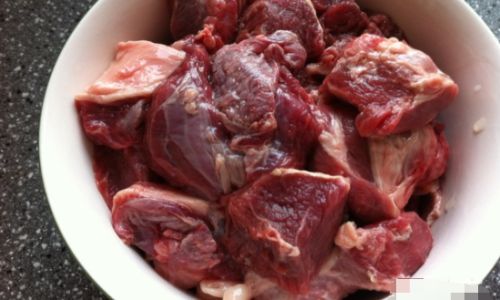
-
Chuck Roast: Often labeled as “chuck eye roast” or “boneless chuck roast,” this cut comes from the shoulder area of the cow. It’s marbled with fat, which helps keep the meat moist during long cooking times. Chuck roast is an excellent choice for beef stew because it becomes incredibly tender when slow-cooked.
-
Brisket: Known for its rich flavor and ability to retain moisture, brisket is another popular choice for stew. It’s typically more expensive than chuck roast but offers a similar texture when cooked properly. The key is to cook brisket low and slow to break down its tough fibers.
-
Short Ribs: These are cross-cut slices of beef taken from the plate or chuck primal cuts. Short ribs are highly marbled, making them perfect for slow cooking. They offer a rich, beefy flavor and melt-in-your-mouth texture that’s ideal for stew.
When choosing your cut, look for meat that has a good amount of marbling. Marbling is the fat that’s interspersed within the muscle fibers, and it plays a crucial role in keeping the meat moist and flavorful during the cooking process. Avoid overly lean cuts, as they can become dry and tough when cooked for extended periods.
Section 2: Preparation Techniques
Once you’ve selected your cut, it’s time to prepare the beef for stewing. Proper preparation involves several steps that ensure the meat will cook evenly and become tender.
-
Trimming Fat: While some fat is beneficial for flavor and moisture retention, excess fat can make your stew greasy. Trim off any large pieces of fat, but leave a bit of marbling intact.
-
Cutting the Meat: Cut the beef into uniform pieces, typically about 1.5 to 2 inches in size. This ensures that the meat cooks evenly and tenderizes at the same rate.
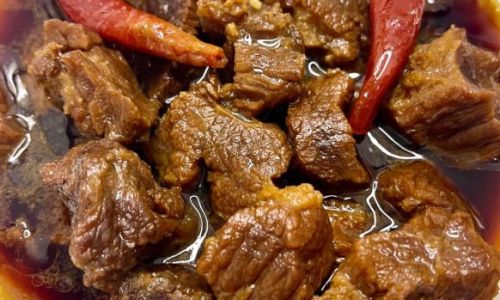
-
Seasoning: Season the beef generously with salt and pepper. You can also add other spices and herbs like garlic powder, onion powder, paprika, or thyme to enhance the flavor. Seasoning the meat before cooking helps the spices penetrate the meat, adding layers of flavor.
-
Searing: Before adding the beef to the stew pot, sear it in a hot skillet with a bit of oil. This not only adds a delicious caramelized crust to the meat but also helps to lock in juices and flavors. Sear the pieces in batches to avoid overcrowding the pan, which can lower the temperature and prevent a good sear.
Section 3: The Cooking Process
Now that your beef is prepared, it’s time to focus on the cooking process. The key to tenderizing beef stew is slow cooking, which allows the collagen in the meat to break down into gelatin, resulting in a tender, juicy texture.
-
Choosing a Pot: A heavy-bottomed pot, such as a Dutch oven or a heavy stockpot, is ideal for stewing beef. These pots retain heat well and distribute it evenly, ensuring that the meat cooks slowly and evenly.
-
Building the Base: Start by sautéing aromatic vegetables like onions, carrots, celery, and garlic in the pot. This creates a flavorful base, known as a mirepoix, that will infuse the stew with rich, savory flavors.
-
Adding Liquid: Use a combination of broth (beef, chicken, or vegetable) and wine (red or white, depending on your preference) to create the stewing liquid. The liquid should just cover the meat and vegetables. Too much liquid will result in a watery stew, while too little can dry out the meat.
-
Cooking Temperature and Time: Bring the stew to a simmer over medium-high heat, then reduce the heat to low. Cover the pot and let the stew cook slowly, ideally at a gentle simmer. Cooking times can vary depending on the cut and size of the meat, but generally, beef stew should cook for at least 2 to 3 hours, or even longer for maximum tenderness.
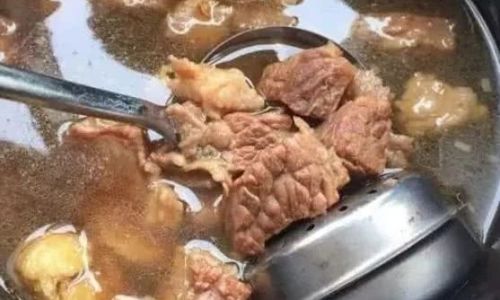
-
Checking and Adjusting: Periodically check the stew, stirring occasionally to prevent sticking and to ensure that the liquid is not evaporating too quickly. If the stew seems too dry, add a bit more broth or wine. If it’s too liquidy, cook it uncovered for a while to reduce the liquid.
Section 4: Enhancing Flavor and Texture
While slow cooking is the cornerstone of tenderizing beef stew, there are additional techniques and ingredients that can further elevate its flavor and texture.
-
Acidulation: Adding a splash of acidic liquid, such as vinegar, lemon juice, or tomato juice, can help break down the meat’s fibers and tenderize it further. Be cautious with the amount, as too much acid can overpower the stew’s flavors.
-
Herbs and Spices: Incorporate fresh or dried herbs like rosemary, thyme, bay leaves, and parsley. These not only add aromatic flavors but also contribute to the stew’s complexity. Add herbs and spices during the cooking process to allow their flavors to meld with the meat and vegetables.
-
Thickening the Sauce: Once the meat is tender, you may want to thicken the stew’s sauce. This can be done by creating a slurry with cornstarch or flour mixed with a bit of cold water, then stirring it into the stew. Alternatively, you can mash some of the cooked vegetables against the side of the pot to release their starches, naturally thickening the sauce.
-
Finishing Touches: Before serving, taste the stew and adjust the seasoning as needed. You may want to add more salt, pepper, or a squeeze of lemon juice to brighten the flavors. For a richer texture, consider adding a dollop of sour cream, crème fraîche, or yogurt to each serving.
Section 5: Serving and Enjoying
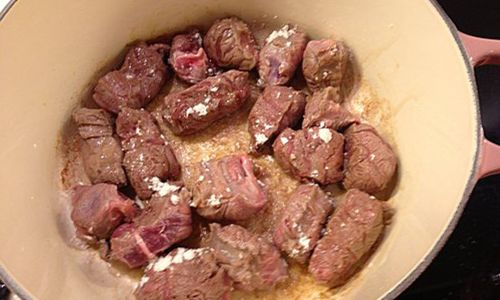
Your beef stew is now ready to be served. Serve it over a bed of mashed potatoes, rice, or noodles to soak up the delicious sauce. Pair it with a crisp green salad or a loaf of crusty bread to round out the meal.
When serving, remember that the beauty of beef stew lies in its layers of flavor and tender texture. Take a moment to appreciate the rich aroma, the tender meat that falls apart at the touch of a fork, and the harmonious blend of vegetables and spices.
Conclusion
Mastering the art of tenderizing beef stew requires a combination of the right ingredients, proper preparation, and patience. By selecting the appropriate cut of beef, preparing it correctly, and cooking it slowly over low heat, you can transform a tough piece of meat into a succulent, tender dish that’s sure to impress. With this guide as your roadmap, you’re well-equipped to create beef stew that’s not only delicious but also a testament to your culinary prowess. Happy stewing!

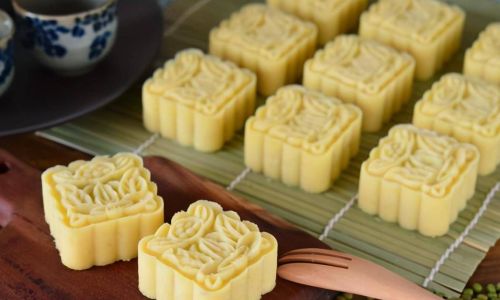

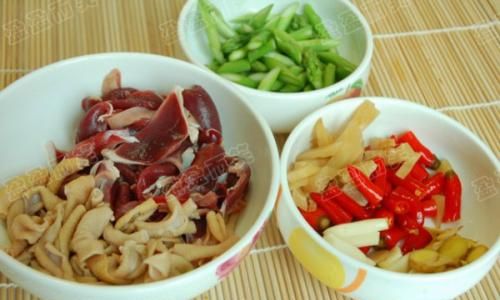
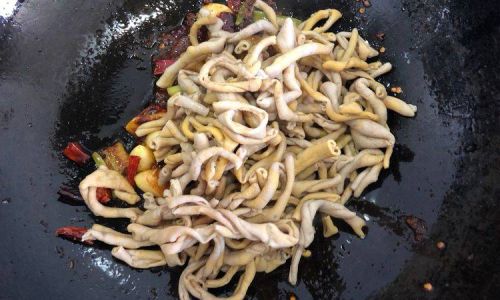
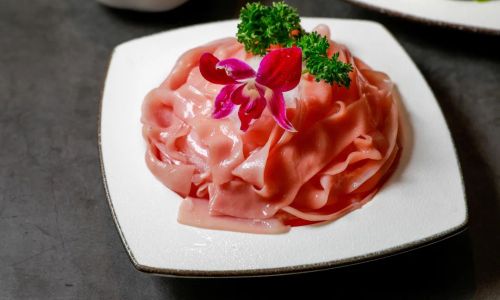
0 comments